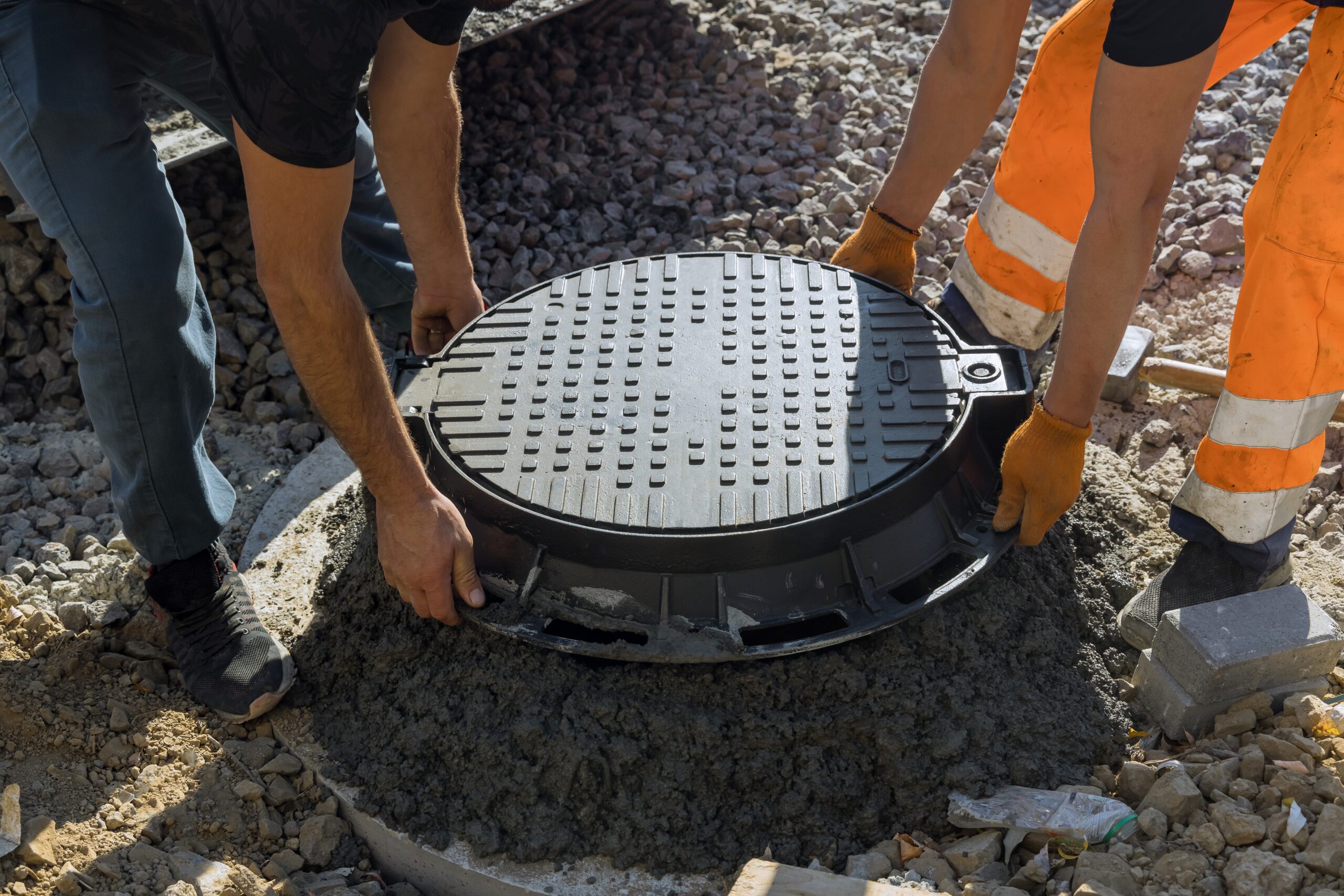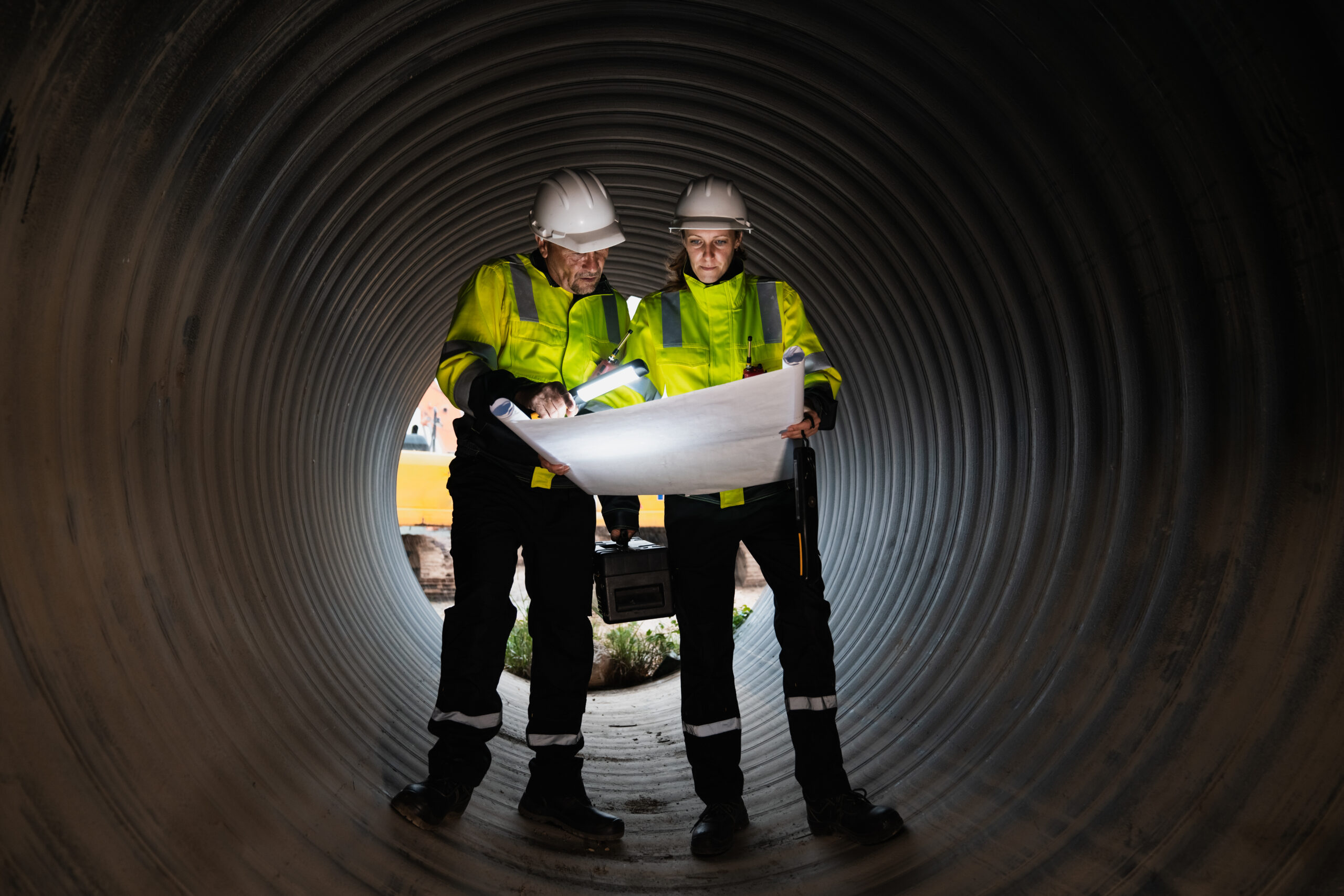
What do drainage survey scores mean
August 31, 2025 12:52 pmEver looked out across a river or a busy harbour and wondered what’s actually happening under the water? Perhaps you’re planning a bit of construction near water and need to know what’s going on below, or maybe you’re just curious about how those nautical charts come together. Whatever your reason, getting your head around hydrographic surveys isn’t just for the experts. It involves a clever blend of technology, plenty of careful planning, and a fair amount of boots-on-the-ground work, all focused on mapping the world that lies out of sight beneath the surface.
So, what does a hydrographic survey actually do? Well, it gives us a map of everything that’s under water, whether that’s a riverbed, a lake bottom, the edge of a harbour, or the coastline itself. I’ve seen civil engineers rely on these for bridge projects, local authorities need them for dredging, and environmental teams use the findings to keep an eye on habitats and flood risks—quite handy, really.
And you’d be surprised how often these surveys spark those ‘aha’ moments. Suddenly, what’s hidden becomes clear as day. It’s not just about figuring out how deep something is, either. There’s the matter of safe passage, spotting those hidden snags, making sure regulations are met, and sometimes, it’s even about protecting habitats we might never have realised were there.

Before you even set foot on site, preparation is king. You wouldn’t set off for a countryside walk without checking the forecast, would you? Same goes for anything underwater. First up, we scope out the tides, clock the local weather, and see how busy things usually are. All these can change in a flash, and trust me, being caught out is never fun. Then, we get really clear about what needs surveying, how big or deep the area is, and what the results will feed into.
And let’s talk safety for a minute. If you skip the proper risk assessments or ignore the rules, things can get tricky, fast. I’ve learnt—sometimes the hard way—that solid groundwork saves a heap of time, money, and more than a few headaches down the line.
When it comes to kit, things have moved on quite a bit from ropes and lead weights. Nowadays, we use multibeam echo sounders for sweeping, detailed snapshots of the seabed and single beam sonar if it’s just a quick, pinpoint reading. GPS and GNSS tech take the guesswork out of positioning, and motion sensors or tide gauges keep everything steady, even when the water’s anything but. Depending on the job, we might use traditional boats or, for the trickier spots, unmanned surface vehicles that sneak in where you wouldn’t dream of sending a full crew.
Every survey’s a bit different, so picking the right mix of gear really does matter. I’ve found unmanned vehicles work a treat for those awkward, shallow places—safer for everyone.
The actual survey process? Here’s what we usually do. First, we sort out GPS positioning and double check all the tech is behaving. If the kit’s even a bit off, you’ll definitely know about it later. System checks might sound dull, but they matter. Once everything’s calibrated and aligned, off we go, following carefully planned lines or grids. Nail your lane spacing and you won’t miss a thing; go off plan and you’re back for round two, which no one wants.
As you travel these lines, you’re picking up both bathymetric (that’s depth) and sometimes topographic data. More complex sites might even get a run-in with a drone or a bit of LiDAR for good measure. And, really, checking your data in real time as you go along is a must. If anything’s off, catch it early and you’ll save yourself a world of backtracking.

Once all the data’s in, that’s where a bit of the magic happens. Raw numbers are rarely neat. You have to clean them up—get rid of outliers, correct for tides and the odd vessel wobble, and just generally turn the mess into something meaningful. After all that, you can create digital terrain models that show the underwater world in 3D, contour plots for everything from shallow bars to deep pools, and the results get pulled into CAD or GIS software, ready for design and sharing with stakeholders.
You can expect a detailed chart, a 3D model, and a georeferenced map at the end. I once helped a client who found an unexpected obstruction—right in the path of a planned pontoon. Spotting it early saved them weeks of chaos. Surveys like this genuinely make a difference.
If you’re thinking of a hydrographic survey, or just want to talk through what’s involved, feel free to contact Castle Surveys Ltd. We’ll make sure your project is set up for success, with accurate and timely survey data, whatever the site throws at us. And if you’re interested in how we approach topographic surveys, drone mapping, or measured building surveys, do check out our other guides—we’ve got you covered.
This post was written by Paul Jackson

Comments are closed here.